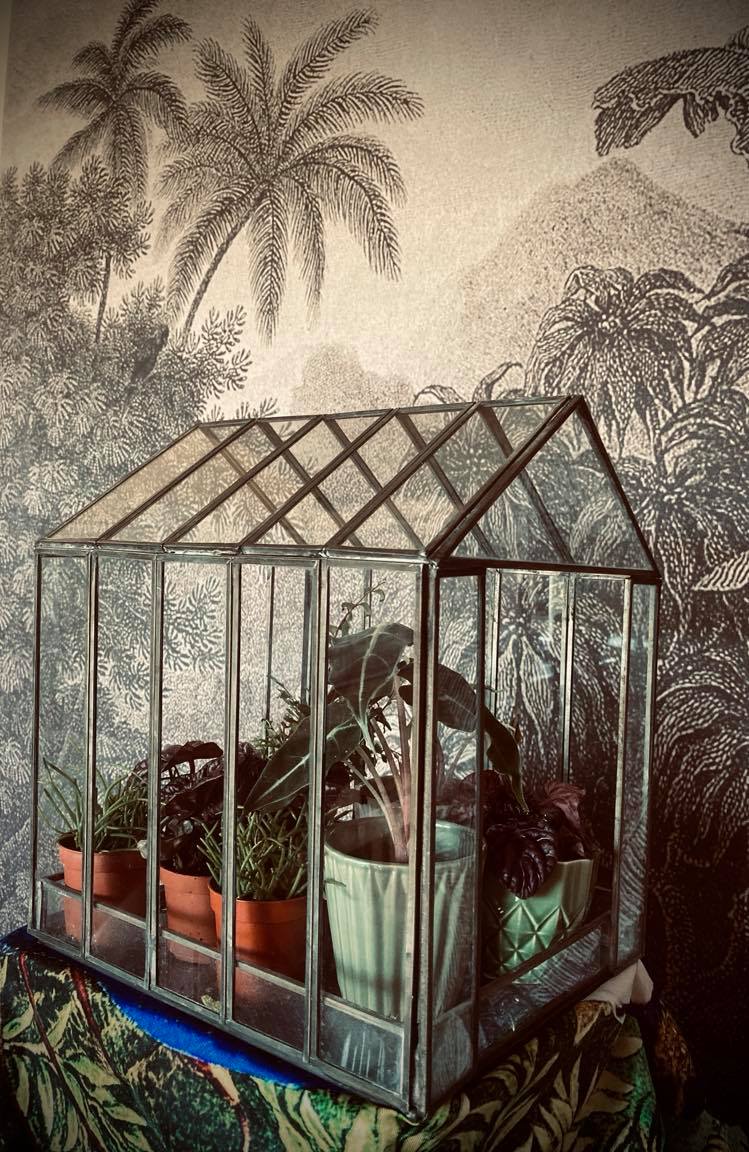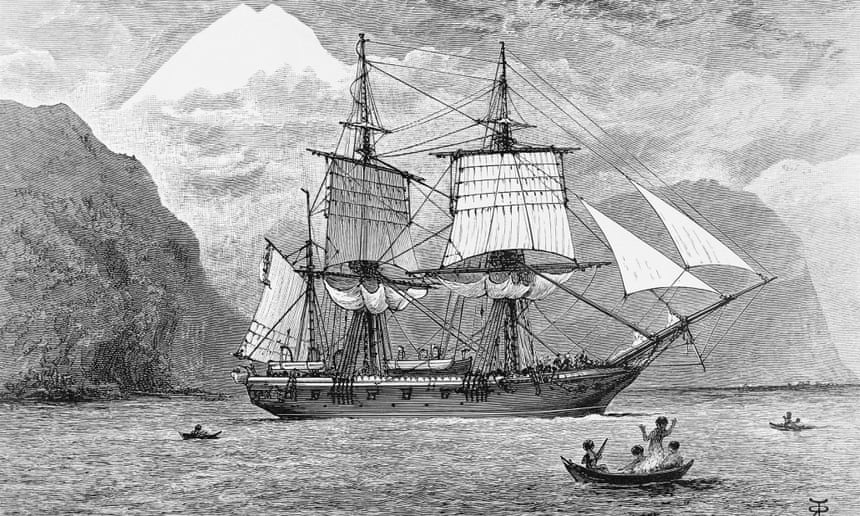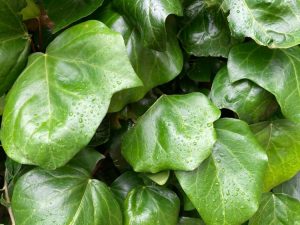
The plants and ecoregions of the world are under threat from urbanization, deforestation, mining, landfill, fire, climate change, plus air, water, and soil pollution.
Much fine non-fiction nature writing addresses these issues, but is it preaching to the converted? What of the people for whom these concerns are too factual, too serious, too much to think about? Or, of those who sympathise, but read to relax? These questions got me thinking whether there was a half-way ground, in which the seeds of the case for plant conservation are planted in fiction, to germinate within the reader’s mind.

I set my novel, LOST & WAITING, in Chile for the diverse flora of that country. Chile extends 4,500 km along the southwest coast of South America, from the subtropics in the north to the subarctic in the south, and from the Pacific Ocean in the west to the Andes in the east. This geology gives rise to ecoregions as wide-ranging as hyper-arid desert (the Atacama), summer-dry Matorral scrublands, the dry cold puna grass- and shrub-land of the high Andes, and temperate Valdivian rainforest. The flora includes around 5,000 species of vascular plants. Almost half (49%) of the native species are estimated to be endemic to Chile.

During The Beagle’s five-year circumnavigation of the globe, Charles Darwin visited Chile twice (1832 and 1834). It is thought what he witnessed there informed his thinking on evolution.
Chilean Flora
Below is a table of just some of the flora of Chile which appear in LOST & WAITING. Click on the botanic name for more information.
| Botanic name | Common name | Description/Ethnobotanic use |
| Pernettya furens | Hierba loca – maddening plant | *Fruit used as a hallucinogen. |
| Desfontainia spinosa | Taique | *Tea made from leaves or fruit used as a hallucinogen |
| Aextoxicon punctatum | Olivillo | |
| Araucaria araucana | Monkey puzzle tree | |
| Aristotelia chilensis | Maqui; klon | |
| Chusquea culeou | Chilean bamboo | |
| Erythroxylaceae | Coca is any of the four cultivated plants in the family Coca | native to western South America. |
| Datura stramonium | Miyaya | |
| Drimys andina; D. winteri | Canelo; Foye | |
| Lapageria rosea | Kopihue/Chilean bellflower | |
| Latua pubiflora | palo de bruja; árbol de los brujos | *A virulent poison once used to induce delirium and hallucinations. |
| Laurelia sempervirens | Trihue | symbol of femininity |
| Luma apiculata | Chilean myrtle | |
| Luzuriaga radicans | Quilineja | |
| Lycopodium paniculatum | Llankalawen/Pimpinela | symbol of masculinity |
| Mandevilla laxa | Chilean jasmine | |
| Nothofagus spp. | Southern Beech | |
| Peumus boldus | Boldo | |
| Puya spp. | Puya |
*source: Plants of the Gods (2001) Evans Schultes, Richard, et al. Lucerne: Healing Arts Press
Botanic Names
A final word on botanic names. Don’t be scared of them, they are there to help us: the binomial allows for unambiguous identification. Try reading the names aloud and you will find, as they roll around on your tongue, the beauty within.
Amanda Read has a master’s degree in plant diversity and taxonomy. She was awarded a Royal Horticultural Society fellowship to train at the University of Reading, the Royal Botanic Garden, Kew, and the Natural History Museum, London.








